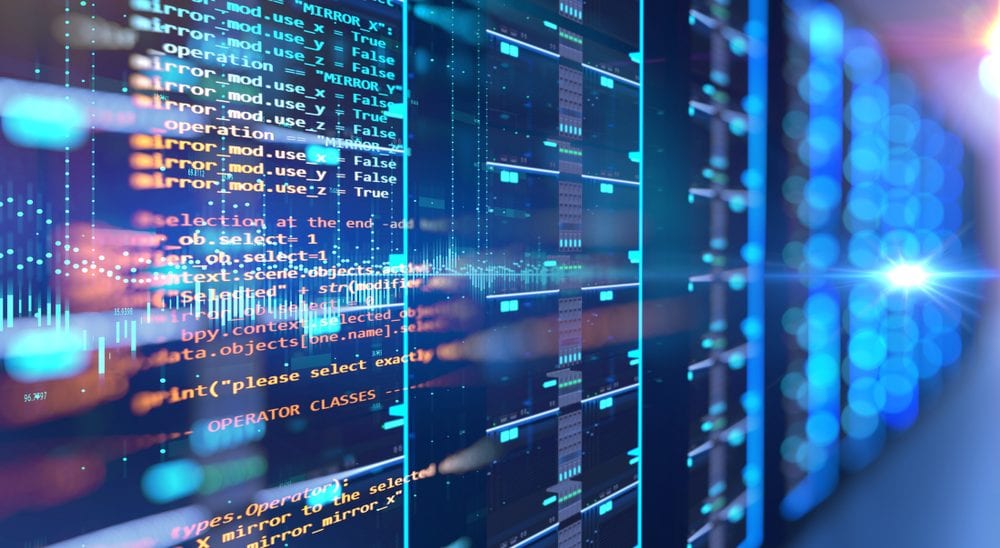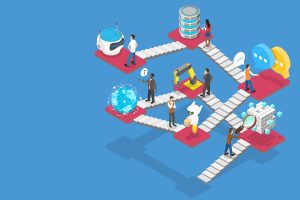6 Top Container Implementation Mistakes that You’re Probably Making

There’s no arguing that containers have been the missing puzzle of the software and application development jigsaw. The main reasons why businesses are switching from virtual machines to containerization boil down to improved efficiency and reliability. However, this holds true only if software deployment using containers is done correctly.
In this post, we’re going to narrow down to 6 mistakes that most technical staff make when implementing Docker containers. These mistakes mainly occur when software developers try to integrate containers into their system on-the-fly. In most instances, these blunders not only compromise container security, but they also end up frustrating your application users.
Key Mistakes to Avoid When Containerizing Applications
Storing Data in Containers
One thing that’s not always clear for most first time users is that Docker containers are not meant for sensitive data. Containers are meant to hold non-sensitive data that will be used in a specific session only. However, they pose a security threat to your sensitive data, especially if it will be shared across different sessions.
Keep in mind that a container is replaceable. It can also be stopped or destroyed all together. Any of these occurrences may lead to loss of sensitive data and secrets.
The surefire way of keeping your sensitive data safe when implementing containers is by storing it in the cloud and only fetching it as needed. This way, the safety of your critical data is guaranteed even if the container is stopped, replaced, or destroyed before a backup has been made.
Running an Entire Operating System from a Single Container
There are no restrictions when it comes to running multiple services from a single Docker container. Actually, there are some edge situations where you have to run several services in one container with different processes.
However, there are several practical reasons why you may want to heed to the popular “one function per container” rule. First, it becomes much easier to scale a container horizontally if it’s assigned a single function compared to when it’s managing several processes at once.
As a developer, there are times when you’ll want to pull down a particular component from the production cycle for troubleshooting. If you’re running one function per container, predicting which component needs to be pulled down becomes straight forward. Also, it’s more portable than trying to get it from an entire application environment.
Note that limiting each container to a single process is not a hard and fast rule. Developers need to use their judgment to keep the containers as efficient as possible. If there’s dependency between several containers, employing Docker container networks should help in maintaining adequate communication between them.
Failing to Handle Docker’s Build Cache Properly
Another reason why most businesses don’t reap the full benefits of containerization is improperly handling Docker’s build cache. With proper approaches, software engineers can utilize Docker’s cache optimally for fast, accurate, and consistent build results. Otherwise, building a container takes unnecessarily long leading to high production costs.
In most instances, Dockerfiles build-cache problems happen when you use commands, such as From, Add, Volume, Run, and CMD incorrectly. This makes it necessary to understand the ins and outs of writing Dockerfiles if you want to build efficient cache images.
To reduce complexity, file size, and build times, it’s important not to install unnecessary packages. For instance, a text editor might be a nice-to-have tool in a database image. But it does not bring a lot of value besides adding to the complexity and build time of your projects.
Other Dockerfile best practices include minimizing the number of layers and using multi-builds, where possible. Sorting multi-line arguments alphanumerically will also ease future changes besides reducing the chances of duplication.
Not Knowing How to Handle Configurations
When running Docker, storing any configuration that is bound to change during operations in the Docker image technically defeats the purpose. Since Docker does not offer developers a way of creating immutable images yet, it becomes necessary to identify a mechanism that makes your images usable in different contexts.
A good option here is to use a bind mount. With a bind mount, it becomes easy to change the configuration without necessarily rebuilding the entire image from scratch. Simply re-reading or restarting the configuration file using the application will cut it.
Another option is to use a Node Config in your code to help share configuration files from your host machine or other external sources to the containers.
Performing Maintenance Inside the Container
The other common issue that inhibits the performance of the containers is attempting to maintain them directly. This problem emanates from people’s notion that containers and virtual machines are similar and can, therefore, be treated the same. This is wrong.
When you try performing maintenance within a given container, you’re making additional manual changes that the container will need to take care of when running. This makes it slower when setting up a new container.
Instead, container maintenance should be done from the container image. You can then use the altered image to create another container without making it unnecessarily slower.
Using Docker commit to Images
Lastly, it’s not advisable to save the state of a running container into an image or what’s commonly known as Docker commit. At the surface, the commit approach is seemingly convenient when you want to minimize your work. Simply running Docker commit outside and apt-get install inside guarantees you a new image with a package already installed.
However, while it’s tempting and time-saving, it’s not the best approach for reproducible(-ish) images. The significant downside to creating images using the Docker commit method is that the base image can’t be changed in future. Also, it makes it impossible to reproduce the image when you want to.
The only way around these drawbacks is with the Dockerfile approach. With this method, you have a clear list of the image structure. Re-running Docker build will get you an image almost similar to the first one.
